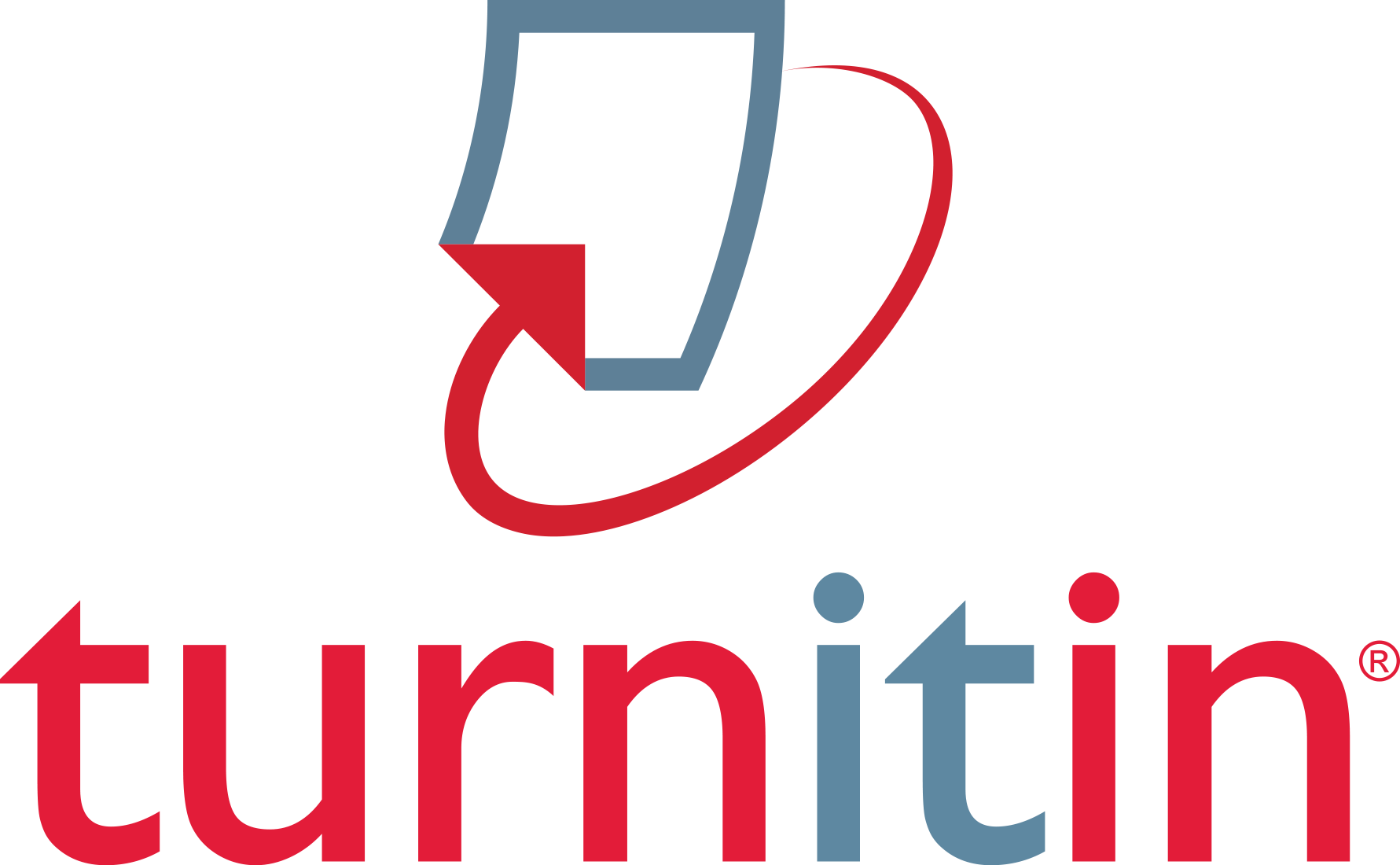Pengaruh Pendekatan Open-ended Terhadap Kemampuan Berpikir Kreatif Matematis Peserta Didik.
Abstract
The purpose of this study was to determine the effect of the open-ended approach on the mathematical creative thinking skills of students in class VIII of SMP N 3 Raya. This type of research is a quasi-experimental study with the research population being all eighth grade students of SMP N 3 Raya T.A. 2022/2023. With the Simple Random Sampling technique, the research samples were obtained for the experimental class, namely class VIII-1 and class control class VIII-2, each class consisting of 30 students. From the results of calculating the post-test value of mathematical creative thinking skills using the Liliefors rule and the results of normality analysis using Kolmogorov-Smirnov for creative thinking skills for the experimental class and control class, it is stated that all data on creative thinking skills come from data that is normally distributed. From the table of Test of Homogeneity of Variances for the test of creative thinking ability, it also shows that the two data of creative thinking ability are homogeneous. From the results of the ANOVA calculation, the sig value is obtained. = 0.02 <0.05, which means that there is a difference in increasing critical thinking skills between the open-ended approach and the conventional approach of 4.591. From the t-test calculation, it was found that the significant value = 0.027 <0.05, which means that there is an effect of the open-ended approach on the creative thinking ability of students. From the interaction graph, it is clear that there is an interaction between the learning approach and the ability to think creatively, so it can be concluded that there is an effect of the open-ended learning approach on the creative thinking ability of students in class VIII SMP N 3 Raya.
References
Cintia, N. I., Kristin, F., & Anugraheni, I. (2018). PENERAPAN MODEL PEMBELAJARAN DISCOVERY LEARNING UNTUK MENINGKATKAN KEMAMPUAN BERPIKIR KREATIF DAN HASIL BELAJAR SISWA. Perspektif Ilmu Pendidikan, 32(1), 67–75. https://doi.org/10.21009/PIP.321.8
Emilya, D., Ilma Indra Putri, R., & Darmawijoyo. (2010). Pengembangan Soal-Soal Open-Ended Materi Lingkaran Untuk Meningkatkan Penalaran Matematika Siswa Kelas VIII Sekolah Menengah Pertama Negeri 1O Palembang. Jurnal Pendidikan Matematika, 4(2), 1–5.
Florentina, N., & Leonard, L. (2017). Pengaruh Model Pembelajaran Kooperatif Terhadap Kemampuan Berpikir Kreatif Matematis Siswa. Formatif: Jurnal Ilmiah Pendidikan MIPA, 7(2), 96–106. https://doi.org/10.30998/formatif.v7i2.1877
Faturohman, I., & Afriansyah, E. A. (2020). Peningkatan Kemampuan Berpikir Kreatif Matematis Siswa melalui Creative Problem Solving. Mosharafa: Jurnal Pendidikan Matematika, 9(1), 107–118. https://doi.org/10.31980/mosharafa.v9i1.562
Gultom, S. P. (2017). Analisis Perbedaan Kemampuan Berpikir Kreatif dan Pemecahan Masalah Matematik Antara Siswa yang Diberi Pembelajaran Open-Ended Dengan Pembelajaran Konvensional. JURNAL Suluh Pendidikan FKIP-UHN, September, 100–111. https://uhn.ac.id/jsp%0A
Gultom, S. P., & Situmorang, A. S. (2018). Peningkatan Kemampuan Pemahaman Matematis Siswa Dengan Menggunakan Model Pencapaian Konsep. JURNAL Suluh Pendidikan FKIP-UHN, 4, 74–81.
Nurjan, S. (2018). PENGEMBANGAN BERPIKIR KREATIF. AL-ASASIYYA: Journal Of Basic Education, 3(1), 105. https://doi.org/10.24269/ajbe.v3i1.1302
Moma, L. (2015). Pengembangan Instrumen Kemampuan Berpikir Kreatif Matematis Untuk Siswa Smp. Delta-Pi: Jurnal Matematika Dan Pendidikan Matematika, 4(1), 27–41. http://ejournal.unkhair.ac.id/index.php/deltapi/article/view/142
Panjaitan, S. (2020). Upaya Meningkatkan Kemampuan Berfikir Kreatif Peserta Didik Dengan Pembelajaran Kontekstual Humanistik. Sepren, 1(02), 68–77. https://doi.org/10.36655/sepren.v1i02.222
Pangestu, N. S., & Hasti Yunianta, T. N. (2019). Proses Berpikir Kreatif Matematis Siswa Extrovert dan Introvert SMP Kelas VIII Berdasarkan Tahapan Wallas. Mosharafa: Jurnal Pendidikan Matematika, 8(2), 215–226. https://doi.org/10.31980/mosharafa.v8i2.472
Situmorang Adi Suarman, & Gultom Sanggam P. (2018). DESAIN MODEL PEMBELAJARAN CREATIVE PROBLEM SOLVING TERHADAP KEMAMPUAN PEMAHAMAN KONSEP MAHASISWA FKIP UHN. JURNAL PENELITIAN BIDANG PENDIDIKAN UNIMED, 24(2), 103–110. Https://Doi.Org/10.24114/Jpbp.V24i2.13949
Situmorang Adi Suarman & Friska B. Siahaan. (2019). DESAIN MODEL PENCAPAIAN KONSEP TERHADAP MINAT BELAJAR MAHASISWA FKIP UHN. JURNAL PENELITIAN BIDANG PENDIDIKAN UNIMED, 25(1), 55–61. https://doi.org/10.24114/jpbp.v25i1.15533
Situmorang, A. S. (2019). Perbedaan Pendekatan Pembelajaran Berbasis Masalah Berbantuan Software Dengan Pendekatan Open Ended Berbantuan Software Terhadap Kemampuan Pemecahan Masalah Matematis. Sepren, 1(01), 1–6. https://doi.org/10.36655/sepren.v1i01.75
Situmorang Adi Suarman, & Naibaho Tutiarny. (2020). Etnomatematika Pada Pembelajaran Matematika Tingkat SD. Prosiding Webianar Nasional EThnomathematics UHN, 978-623-93394-9–4, 51–57.
Ulandari, N., Putri, R., Ningsih, F., & Putra, A. (2019). Efektivitas Model Pembelajaran Inquiry terhadap Kemampuan Berpikir Kreatif Siswa pada Materi Teorema Pythagoras. Jurnal Cendekia : Jurnal Pendidikan Matematika, 3(2), 227–237. https://doi.org/10.31004/cendekia.v3i2.99
Utami R.W., Endaryono B.T., & Djuhartono Tjipto. (2020). Meningkatkan Kemampuan Berpikir Kreatif Matematis Siswa Melalui Pendekatan Open-Ended. FAKTOR: Jurnal Ilmiah Pendidikan, 7(1), 43–48.
Wahyuni, A., & Kurniawan, P. (2018). Hubungan Kemampuan Berpikir Kreatif Terhadap Hasil Belajar Mahasiswa. Matematika, 17(2). https://doi.org/10.29313/jmtm.v17i2.4114

This work is licensed under a Creative Commons Attribution 4.0 International License.
Penulis yang menerbitkan karyanya ke jurnal ini setuju dengan persyaratan berikut:
Penulis menyimpan hak cipta dan memberikan hak penerbitan pertama kepada jurnal, dengan karya yang secara serentak dilisensikan di bawah Lisensi: Creative Commons Attribution - Share Alike 4.0 Internasional License yang memungkinkan orang lain membagikan karya dengan pengakuan penerbitan awal dan kepenulisan karya di jurnal ini.











